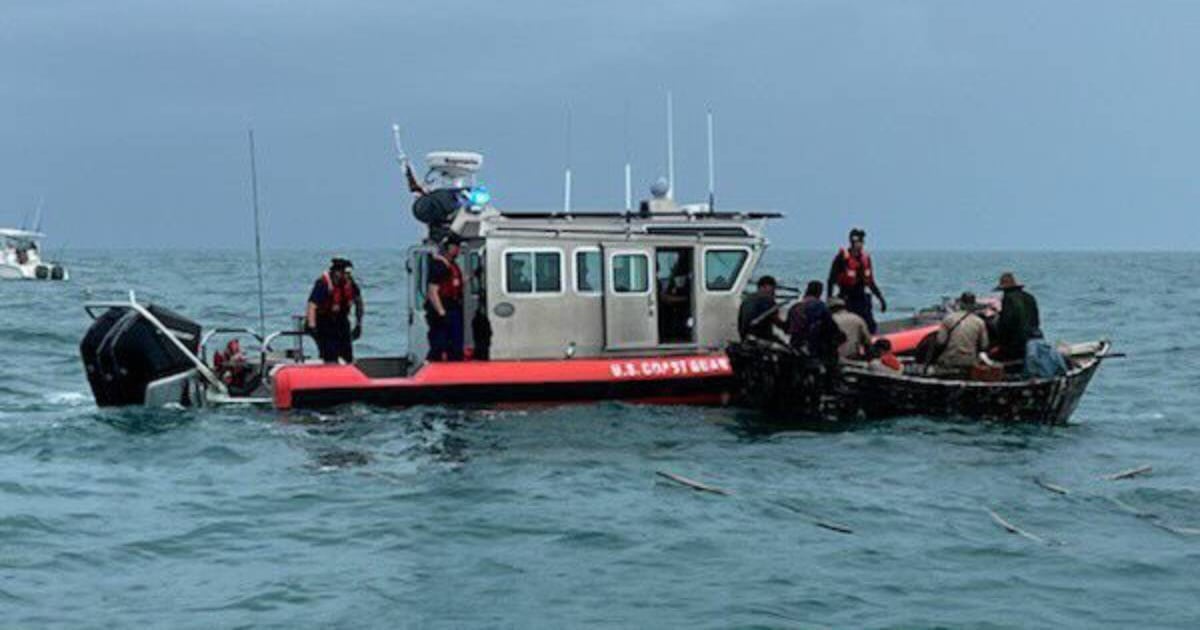
The United States Coast Guard repatriated 19 Cuban rafters this Monday, after multiple interceptions of migrants in attempts of illegal entry by sea.
An official statement details that these actions were carried out within the framework of Operation Vigilant Sentry, whose objective is to control and reduce irregular migration by sea to the United States.
During the operation, four different cases were reported. In the first one, Coast Guard District Eight received a call from a merchant ship that had rescued three Cubans in the Gulf of Mexico. The rafters were transferred to the Coast Guard Cutter Oak.
In the second case, a good Samaritan informed the Coast Guard Station in Key West about a migrant boat 12 miles south of Boot Key, Florida. A crew from the Marathon Station rescued a Cuban who was transferred to the Cutter Oak.
The third incident involved an aircraft from the Coast Guard Air Station in Miami, which spotted a disabled vessel with six people on board, 25 miles east of Jensen Beach, Florida.
The rafters had left Cuba six days earlier, but ran out of fuel, drifting at sea. They were rescued by a crew from the Fort Pierce Station and transferred to the Cutter William Sparling.
The fourth case was reported to the guards of the Key West Station, detailing that it was a vessel with 10 migrants on board. They were four miles south of Marathon, Florida, so they were attended to by the Marathon Station crew and then transferred to the Cutter Oak.
Lieutenant Commander John W. Beal, Public Affairs Officer of the Seventh District of the Coast Guard, emphasized that the main priority is to prevent loss of life at sea.
He warned about the consequences of trying to enter the United States illegally, which include disqualification from future immigration opportunities, ineligibility for asylum, and possible legal proceedings.
The United States government highlights that Operation Vigilant Sentry is a crucial part of the efforts to manage migration in the Caribbean region, ensuring the security and compliance with the immigration laws of its country.
What do you think?
COMMENTFiled under: